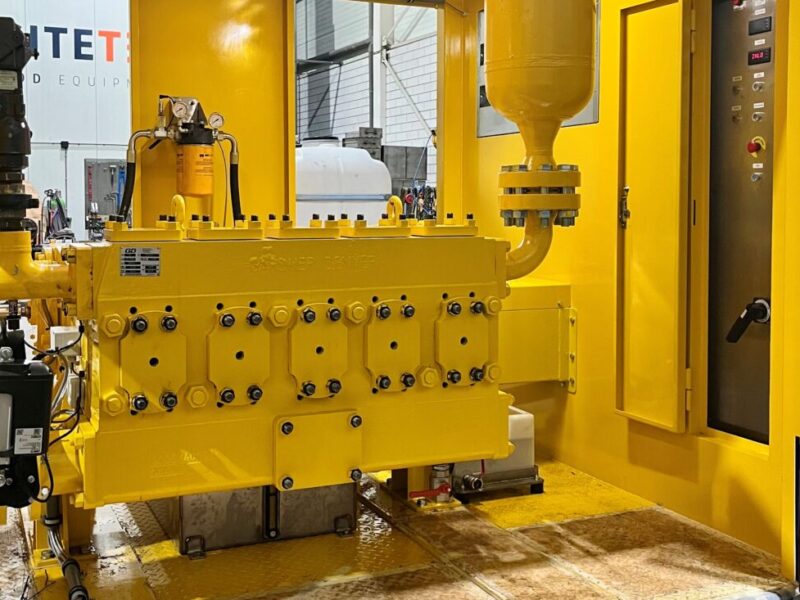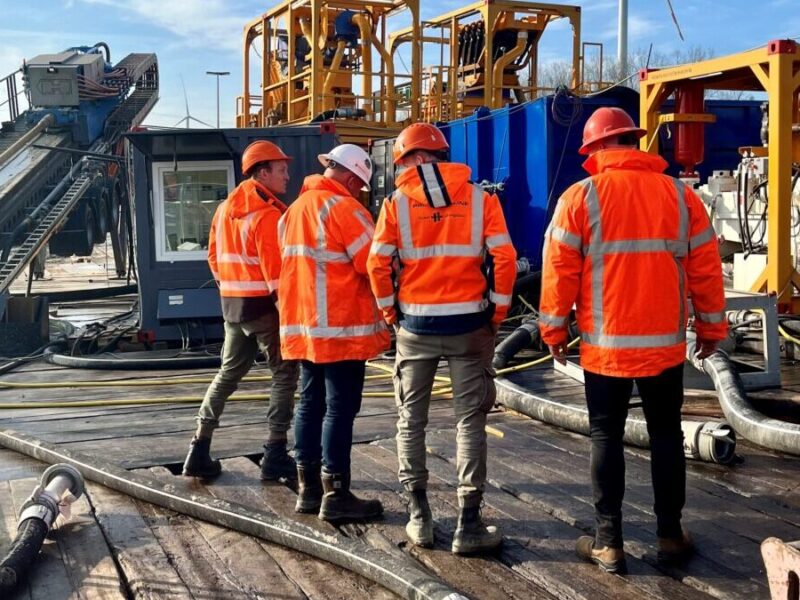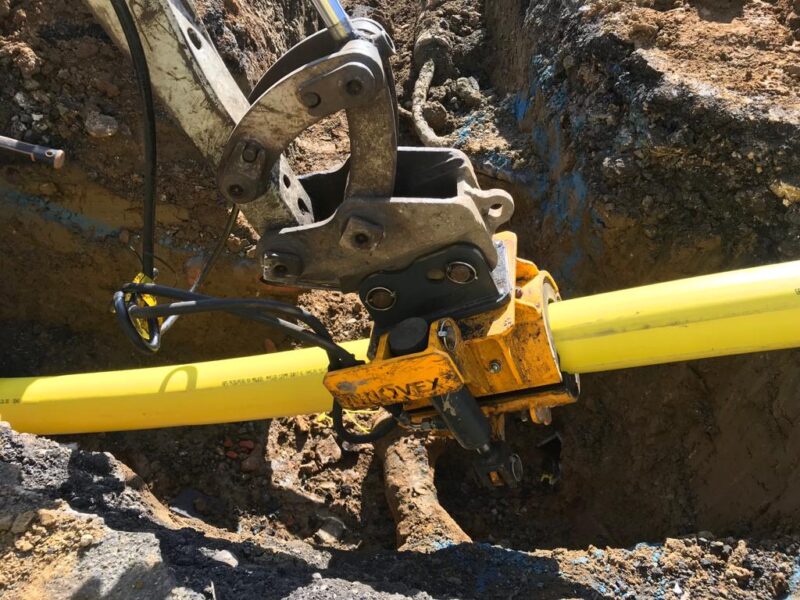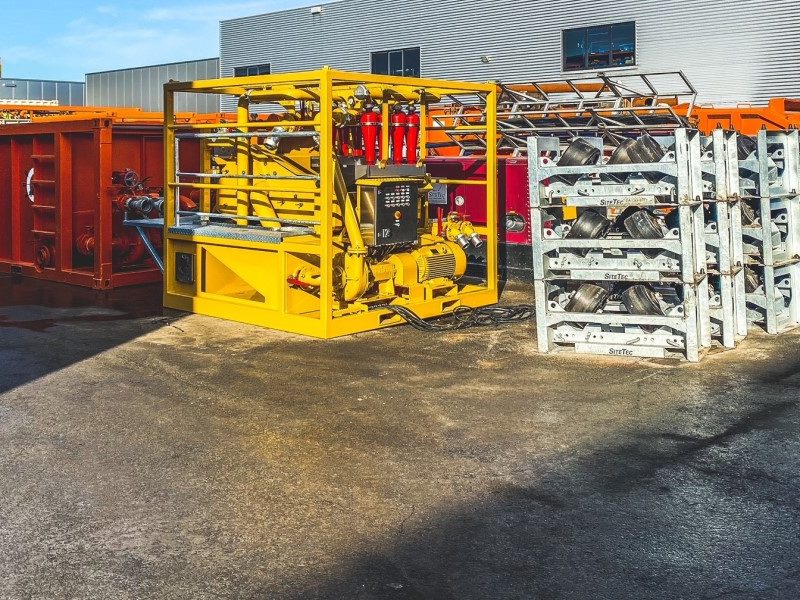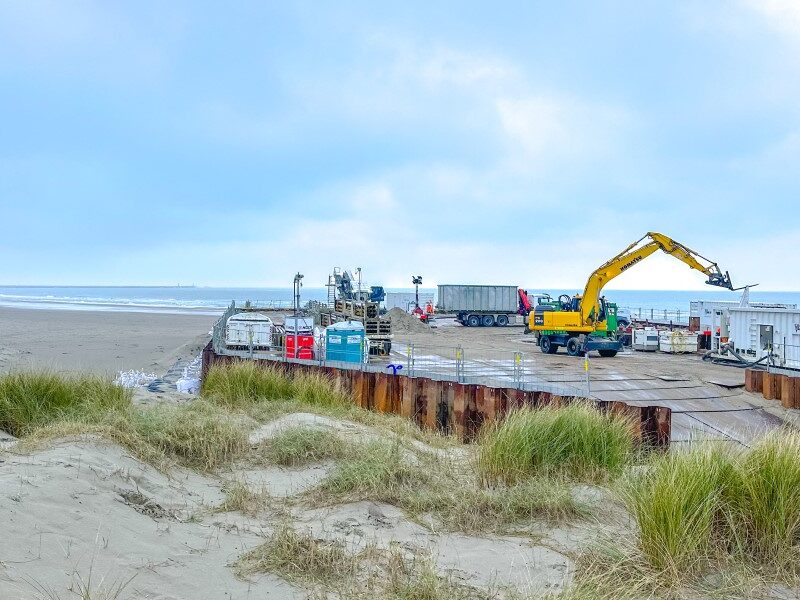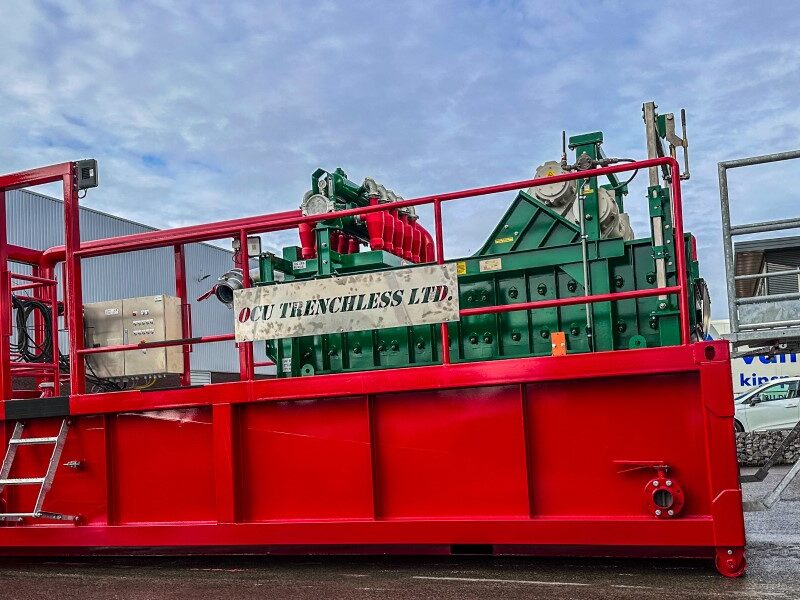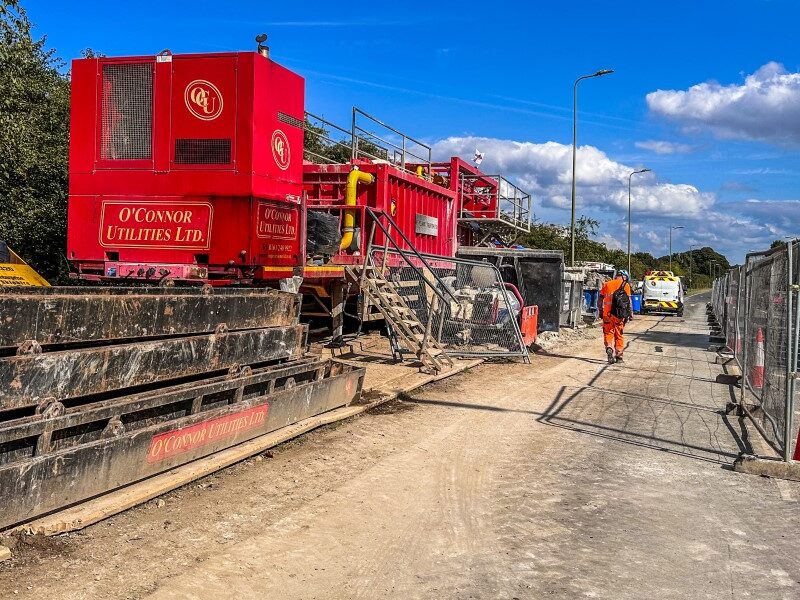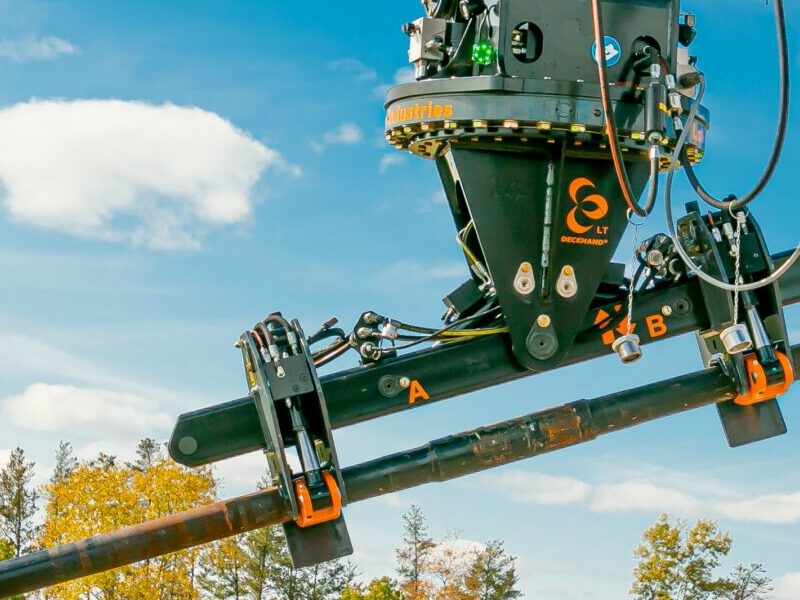The key to a successful bore is your drilling fluid: 5 tips from mud specialist Marcel Bijleveld
The investment in bentonite for an entire horizontal directional drilling (HDD) job site might be only 2%, but drilling fluid is just as important as the rig itself. A well-designed drilling fluid system not only ensures stable bores but also optimises the recycling of the bentonite. How do you get the most out of your drilling fluid? We asked Marcel Bijleveld, mud specialist at Cebo Holland. He shares his five essential tips to elevate your drilling operations.
1. Start with thorough soil research
Every bore is unique because soil conditions can vary greatly. Think of sand, loam, clay, or fresh-saltwater transitions. Marcel emphasizes the importance of detailed soil research beforehand: “The composition of the soil determines the required drilling fluid and also influences the forces needed during the bore. Make sure to map these factors before starting. At Deltares, you can request an overview of all soil layers in the Netherlands.”


2. Use a high-quality, pure product
Bentonite is indispensable in HDD due to its unique properties, such as supporting the borehole and carrying away soil particles. However, always choose a product of high purity. “A pure drilling fluid works more efficiently and prevents problems during the bore. Drilling fluid lacking carrying capacity but still thick doesn’t always perform as required. It may have insufficient carrying capacity but still high viscosity. For example, in bentonite supplemented with polymers. Polymers give you more time, whereas bentonite is virtually limitless,” Marcel explains.
“A pure drilling fluid works more efficiently and prevents problems during the bore.”
What makes bentonite so special?
Bentonite is a natural clay composed largely of montmorillonite. This mineral enhances drilling fluids by reducing fluid loss, stabilizing boreholes, and increasing viscosity. Thanks to its unique properties, such as high absorption capacity and the ability to significantly expand in volume upon contact with water, bentonite is indispensable in the drilling industry. Moreover, its low permeability forms an effective seal against external fluids, which is crucial for stable bores.
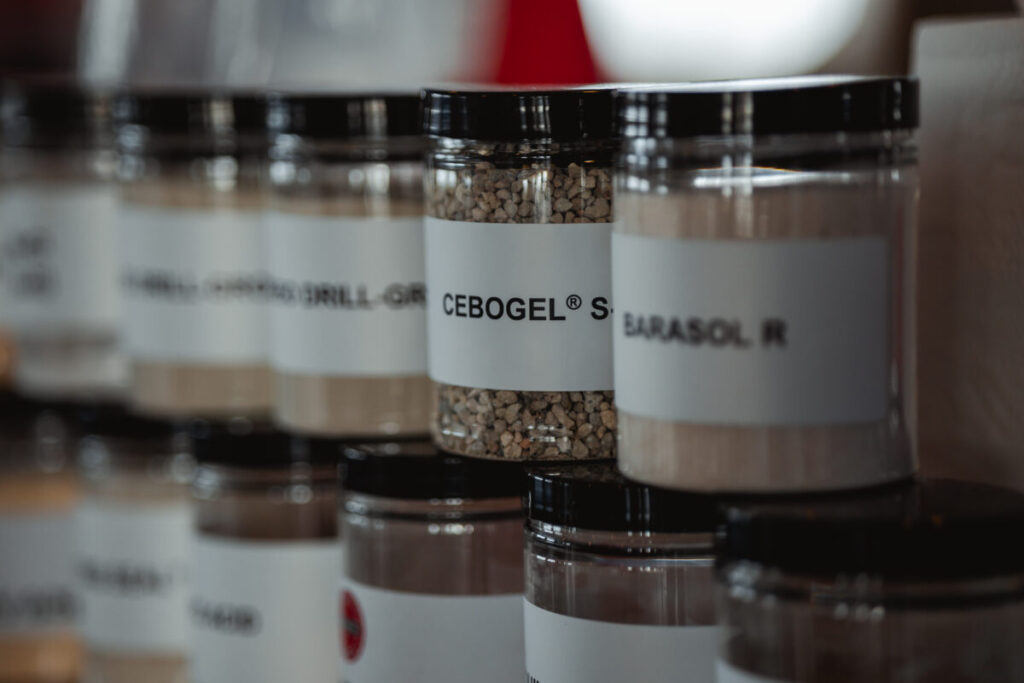

3. Keep control of drilling fluid pressure
Too high or too low pressure can have serious consequences, such as blow-outs or unstable boreholes. Marcel advises calculating the maximum and minimum pressure beforehand: “Adjust the drilling path if necessary to avoid pressure issues, and monitor during the bore to ensure proper fluid return. By thickening your fluid, you can increase pressure. Bentonite has a limit of 1.40, but in HDD, you should refresh after 1.30. At pressures above 1.40, the risk of blow-outs and unstable bores increases.”
“Bentonite has a limit of 1.40, but in HDD, you should refresh after 1.30.”
4. Efficiency over speed
Although it’s tempting to work quickly, efficiency is ultimately more important. “Drilling too fast can result in not all loose drilled solids being carried away by the fluid,” Marcel warns. “Downtime due to drilling fluid errors or blow-outs costs more time than a well-prepared bore.” A thoughtful approach is therefore essential. Excessive drilled solids can lead to problems with fluid loss -water leaking from the drilling fluid into the formation. The formation may react by, for example, causing clay to swell or dissolve. This can result in higher specific gravity or higher viscosity. If the clay swells, it can completely compress the annular space, causing the drill rods to experience high torque or even get stuck.
“In sandy soils, excessive fluid loss can cause the sand to collapse onto the drill rods, also leading to high torque. Mother Nature responds to water contact, much like a sandcastle on the beach collapses when a wave washes over it – no sandcastle remains,” the mud expert explains.


5. Recycle your drilling fluid smartly
Drilling fluid is a costly and essential component of HDD projects. By using recycling units, you can clean and reuse the fluid. This reduces waste and lowers costs. Marcel emphasizes: “Recycling is not only sustainable but also helps to optimise the use of drilling fluid. Are you drilling in clay? Ensure that clay is removed from your fluid as quickly and coarsely as possible. This doesn’t mean turning up the high-pressure pump; faster drilling is not better for your recycling.”
“Recycling is not only sustainable but also helps to optimise the use of drilling fluid.”
With the right drilling fluid, you achieve more stable bores, minimize risks such as blow-outs, and optimize the recycling process. As Marcel says: “Whatever recycling or mix unit you use, only with the right drilling fluid, proper screens, optimal pump pressure on the cyclones, and a thoughtful setup do you lay the foundation for a well-prepared bore. With the right knowledge, you get the most out of your unit.”
Do you want to become a mud engineer yourself?
Attend a training at the Mud School of Cebo/Baroid IDP. These training sessions, taught by experienced engineers like Marcel, provide practical knowledge and insights. The five-day Mud School is held annually, usually in November, and attracts participants from all over the world. During the training, common challenges with drilling fluid or equipment are discussed. All disciplines are thoroughly covered, ensuring you are well-prepared for practice.



